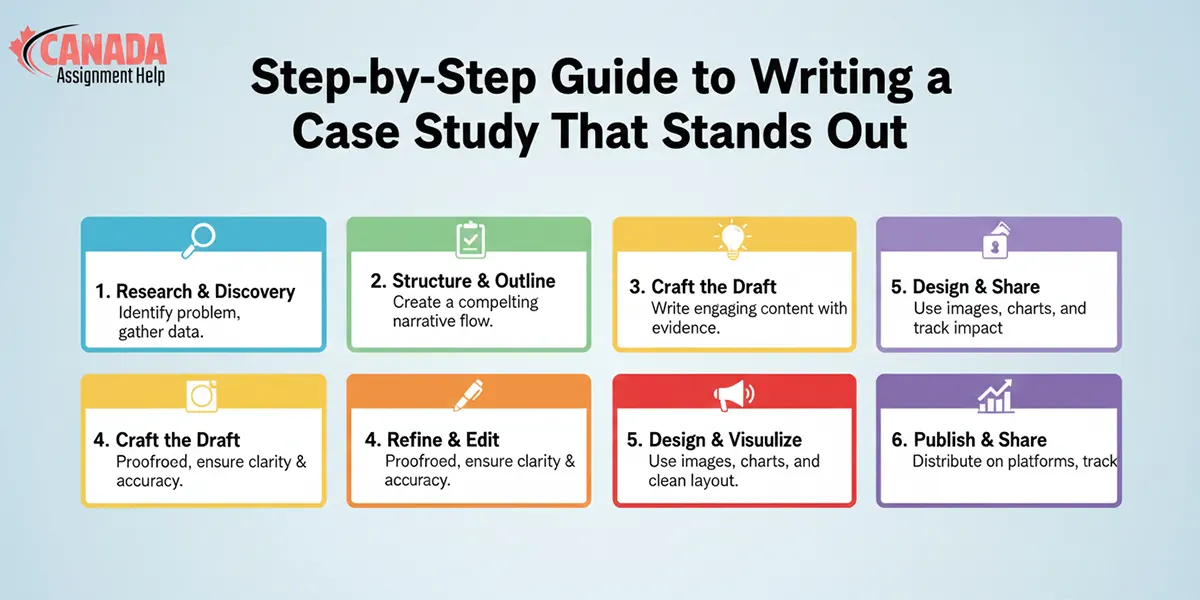According to UNESCO's report for technology in education, the number of MOOCS in 2012 was zero, which increased to 220 million in 2021 and is still growing. Apart from that, if we look at the statistics of registered users on various learning tech platforms, we get numbers like these: The users of Duolingo has reached over 500 million in 2025, Google Classroom has crossed 150 million users world wide and Google Scholar receives over 4.3 million daily visitors so on so forth. These statistics indicate the massive shift of education toward technology. Whether it is students, instructors or schools, technological integration to education has changed the way learning was received and delivered. From personalized learning to organization, these tech tools are offering unlimited benefits.
In this read, we are going to have a look at some of these tools which are playing an impactful role in making education efficient, productive and easier.
Common Tech Tools in Modern Education
Learning Management Systems (LMS)
Learning management systems are like digital classrooms where students can interact with their courses at any time, anywhere. These platforms act as a centralised space where teachers can track students' progress, deliver course material, assign quizzes and assignments and grade papers.
For students, they provide a seamless learning process, real-time updates about their grades and submission status and hassle free communication and discussion with peers and teachers.
- Examples of Popular LMS Platforms
Moodle
Google Classroom
Canvas
Blackboard
TalentLMS
Docebo
SAP Litmos
- Key Features of an LMS
Course creation and management
Content delivery (videos, documents, slides, etc.)
Assessments and quizzes
Tracking and reporting of progress
Discussion forums and communication tools
Grading systems
Certificate generation
User management (students, teachers, admins)
Cloud Storage & File-Sharing Tools
As a student, you have to work on various documents and managing space for everything sometimes gets difficult. Gone are the days when you had to keep USBs to store and access your content. Now, students use digital services that help them store, access, manage, organize and share data over the internet easily from anywhere.
- Key features
File backup and syncing across devices
Large storage capacity options
Security and encryption for file safety
Easy access from anywhere
Collaboration support
- Popular Examples
Google Drive
Dropbox
Microsoft OneDrive
Note-Taking & Organization Apps
Note taking is a must-do job of every student. However, managing heavy notebooks and organising information was a real challenge. This is why a technology-led educational period has also made it easy by offering digital tools that help jotting down ideas quickly, managing info, tracking, collaborating and integrating media.
- Key Functions
Digital Note-Taking
Task Management
Document Organization
Cloud Sync
Collaboration
Multimedia Support
- Popular Note-Taking & Organization Apps
Evernote
Microsoft OneNote
Notion
Google Keep
Todoist
Obsidian
Trello
Online Collaboration Tools
One of the most prominent aspects of technology-based education is online or digital classes. There are various platforms that offer space to learn and interact with the class and the team in real time. These online collaboration tools facilitate digital communication, data sharing, task management, and group discussions.
- Key Features
Real-time Communication
Document Sharing and Co-editing
Project and Task Management
File Storage and Sharing
Team Collaboration Hubs
- Popular Examples
Slack
Zoom
Trello / Asana
Google Workspace
Microsoft Teams
Notion
E-Learning Platforms & MOOCs
In the modern education system, learning has gone beyond the classrooms or curriculum. Students now take advantage of E-learning platforms and MOOCS(Massive Open Online Courses). These tools offer training and education in digital format, adding to students' knowledge at free or low cost charges and in a self-paced manner. They also develop students' skills related to employability.
MOOCS are globally available courses designed by top universities or educators. These courses are free or minimally priced with paid certificates. In contrast, e-learning platforms offer certifications and have paid or free courses designed by organizations, institutions or individuals.
- Examples
edX (by MIT and Harvard)
Coursera (partnered with top universities)
FutureLearn
Udacity
Udemy
Khan Academy
Skillshare
LinkedIn Learning
Research & Citation Tools
These digital tools and sites help students and researchers manage their research, track sources, and cite references accurately. These tools make the process efficient, effective and precise.
- How They Help
Saves time on formatting citations.
Reduces the risk of plagiarism.
Helps in managing a large number of sources.
Keeps research organized.
Ensures consistency in citation style.
- Examples
Google Scholar
JSTOR
ERIC
Zotero
Mendeley
CiteThisForMe
EndNote
Plagiarism Checkers
Academic integrity is imperative, and technology has also made it easy to maintain it. Plagiarism can ruin a student’s work and reputation. It is especially concerning for students who are studying in Canada given the strict policies of institutions there regarding the Canada assignment writing. But with these tools, students can quickly and easily identify which parts are plagiarized and ensure originality.
Common Features
Sentence-level matching
Source links and match breakdown
Citation checks
Originality score or percentage
Grammar and writing suggestions (in some tools)
Popular Plagiarism Checker Tools
Turnitin (used mostly in schools and universities)
Grammarly Plagiarism Checker
Quetext
Copyscape
Plagscan
Unicheck
Scribbr Plagiarism Checker
SmallSEOTools Plagiarism Checker
Conclusion
Tech tools in education are playing a great role in making learning quality and effective. Time management is a major concern of students. However, these tools and platforms offer relief in this matter by getting things done faster with guaranteed precision. Moreover, they have also expanded the horizons of students' knowledge in their respective courses and beyond with free and seamless access. Effective communication, diverse perspectives, and efficient teamwork, everything is possible now with technological advancement in education.
That being said, relying solely on these tools for academic tasks is not wise. Students should use them as an assistant to ensure knowledge progress, subject expertise, and skill development. Tech tools as an assistant can be a game changer for your academics with increased precision, well timed tasks and high writing credibility.
So, if you are a student struggling to make your learning impactful and convenient, choose to work with these tools and find your secret sauce to educational excellence.










